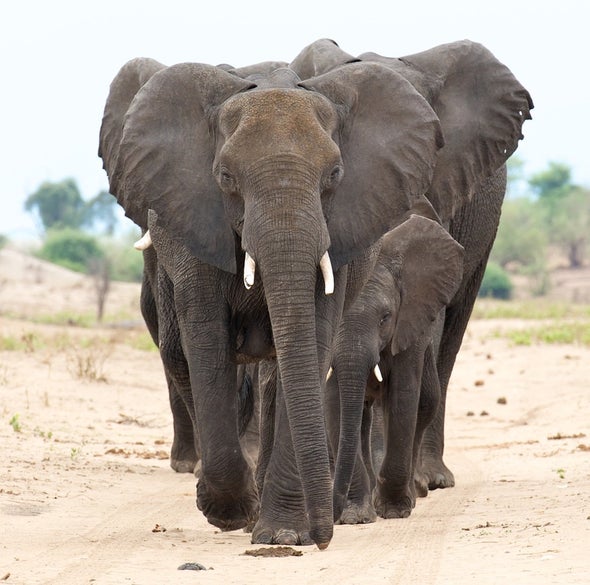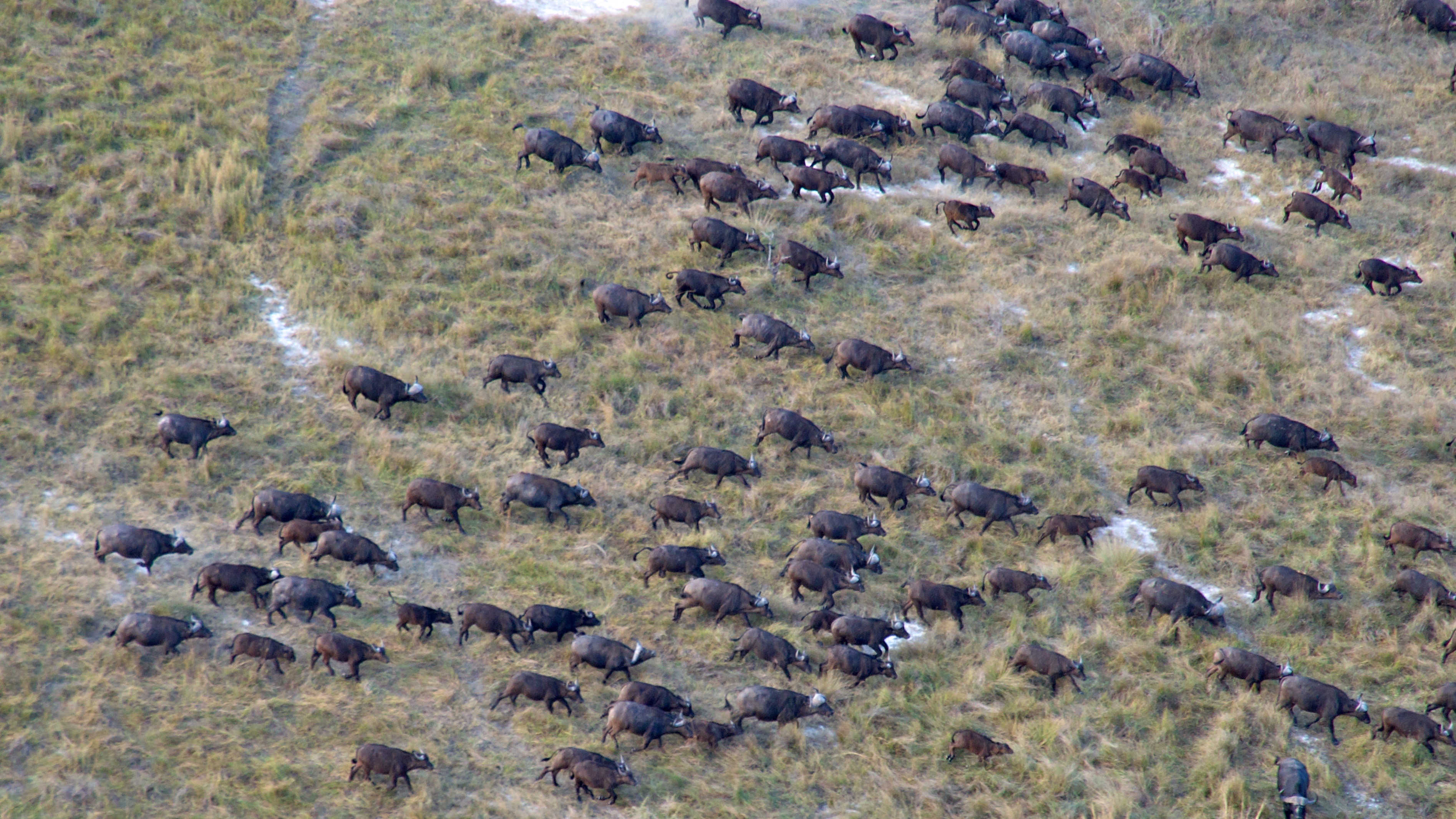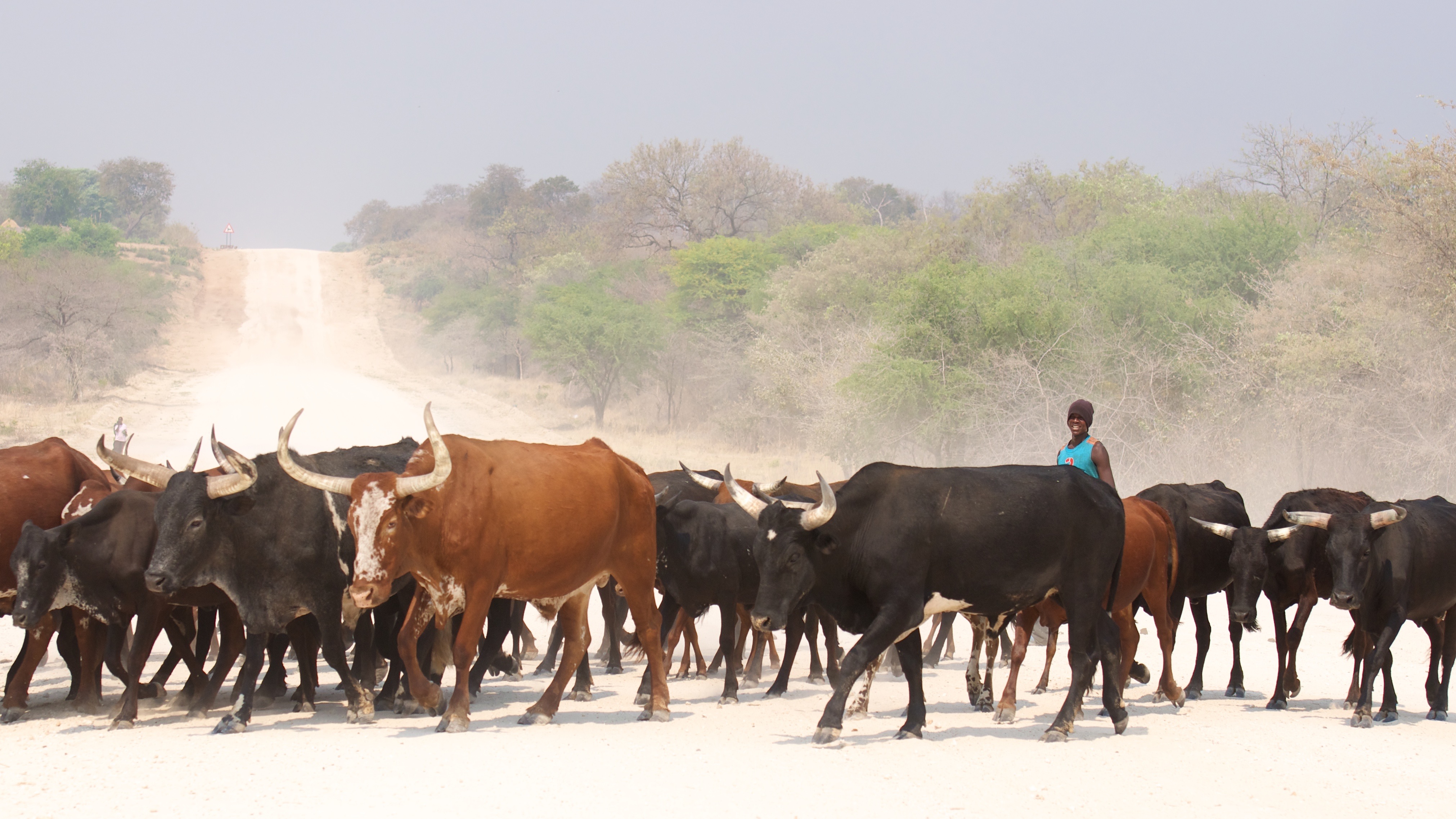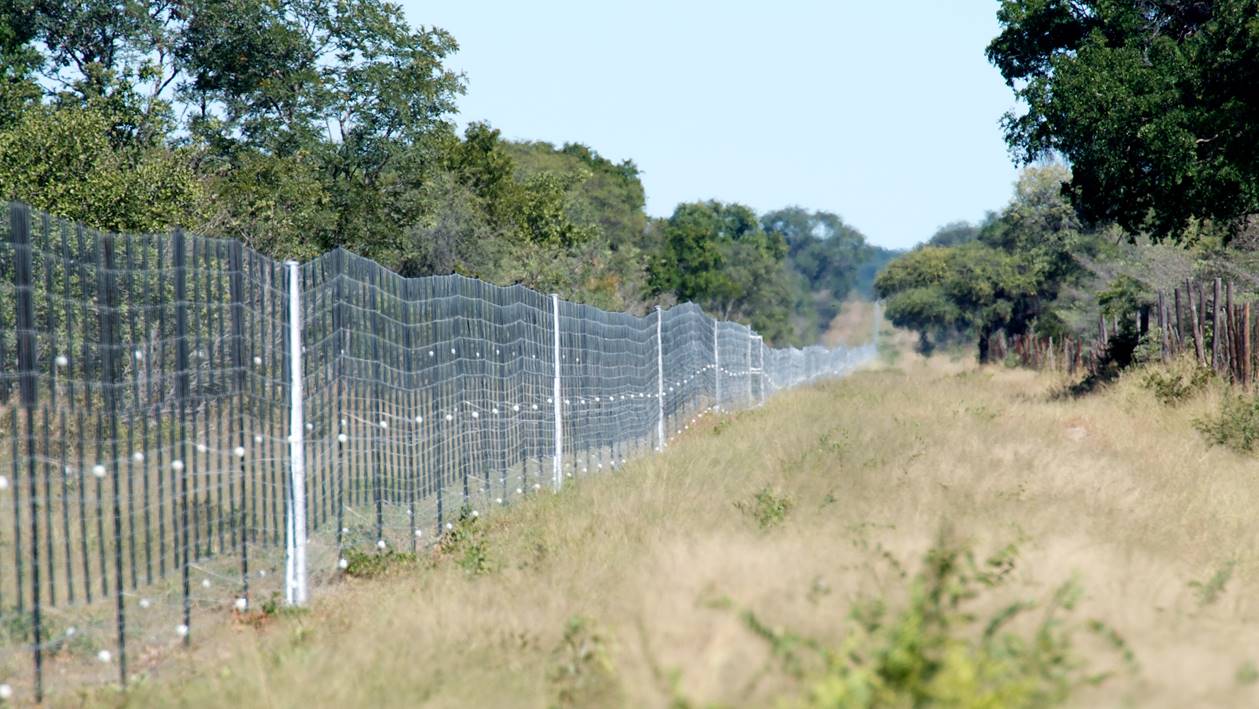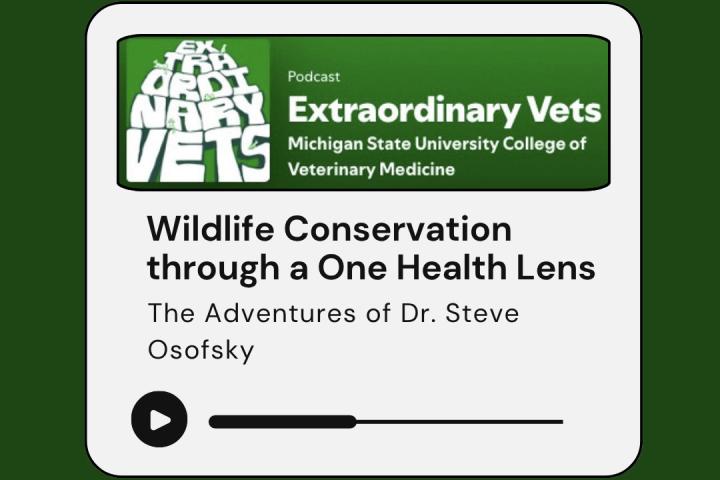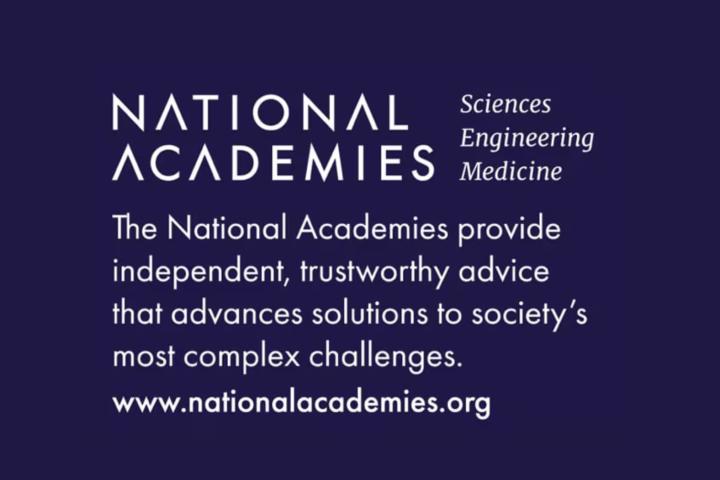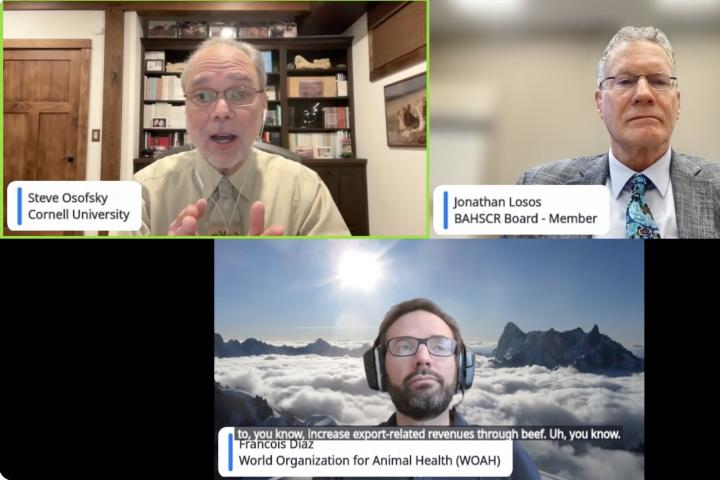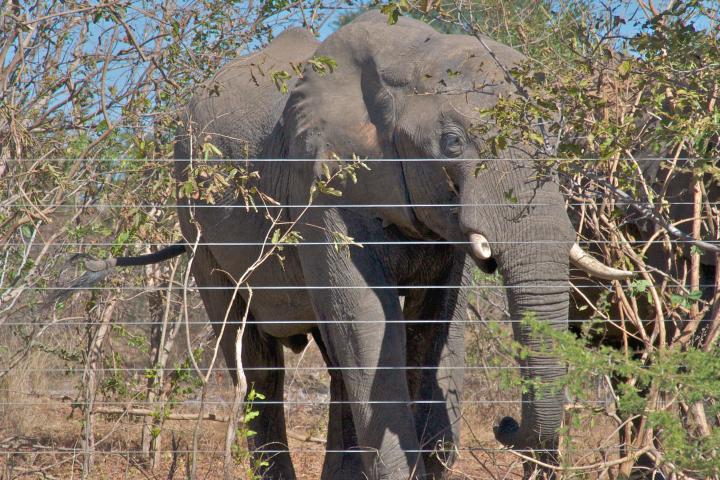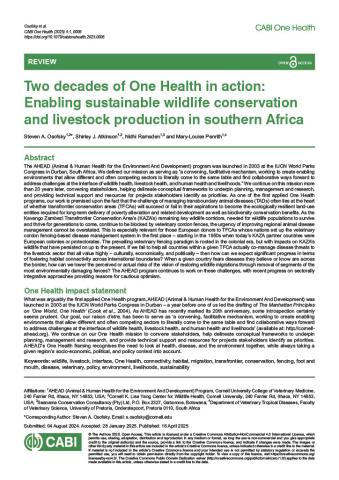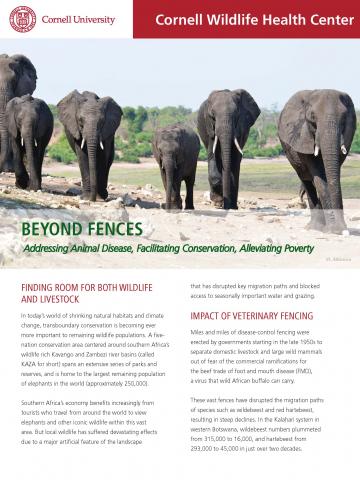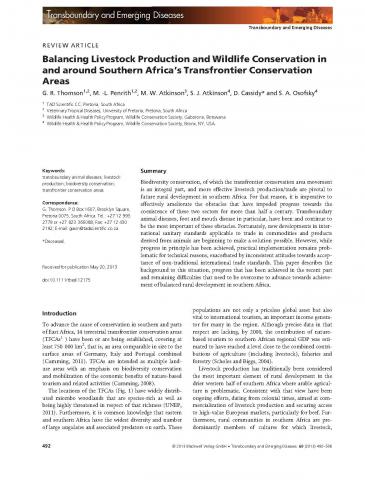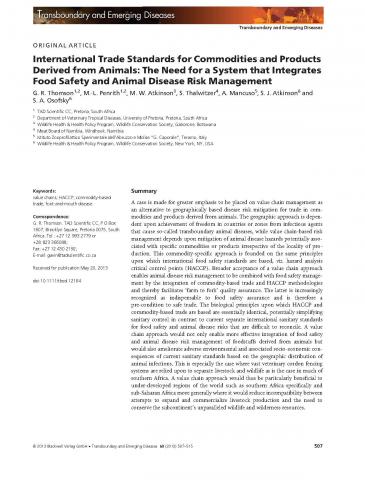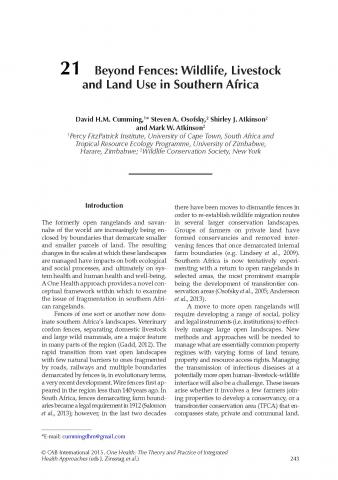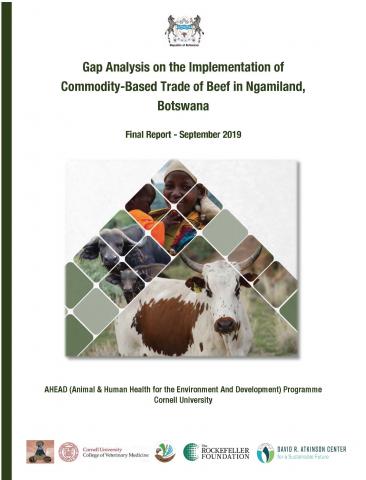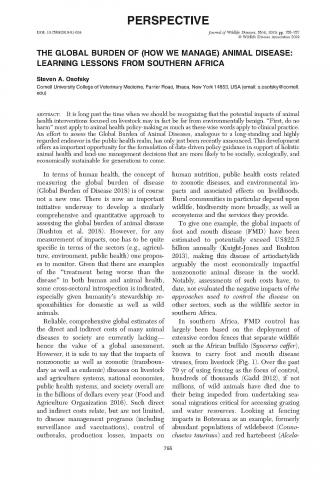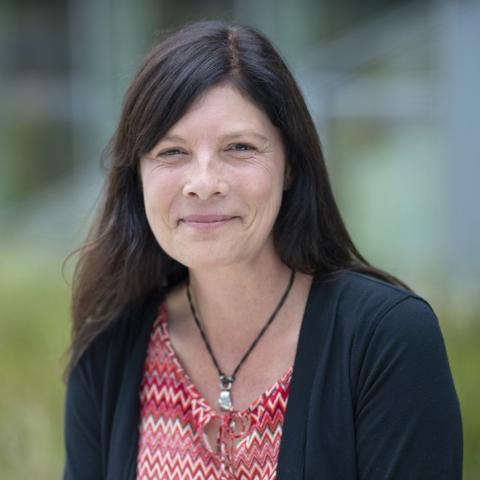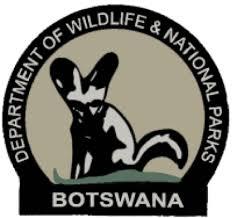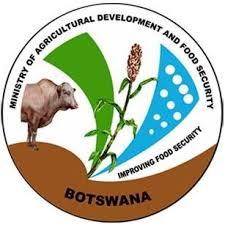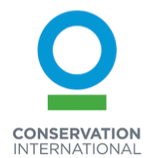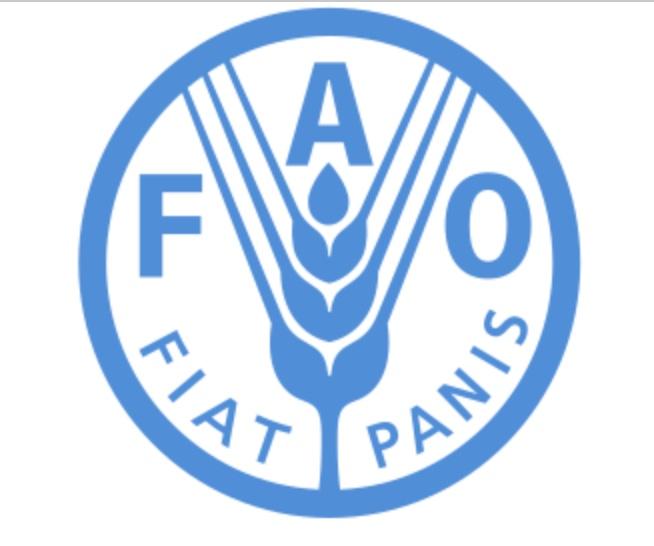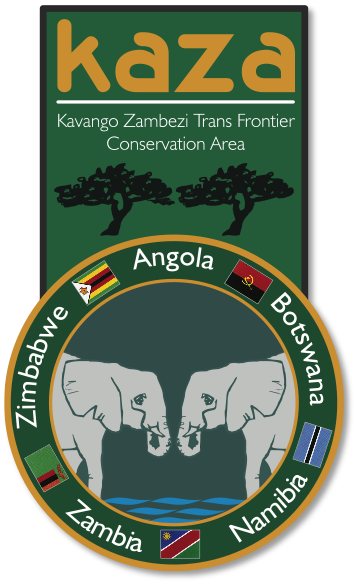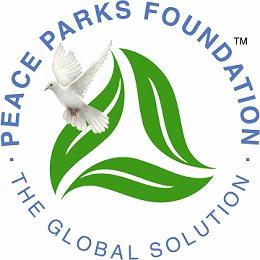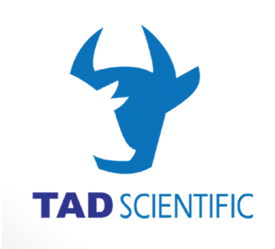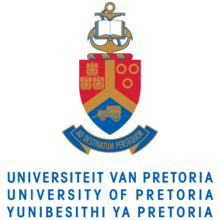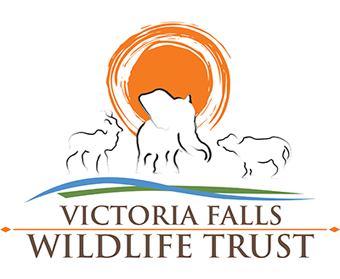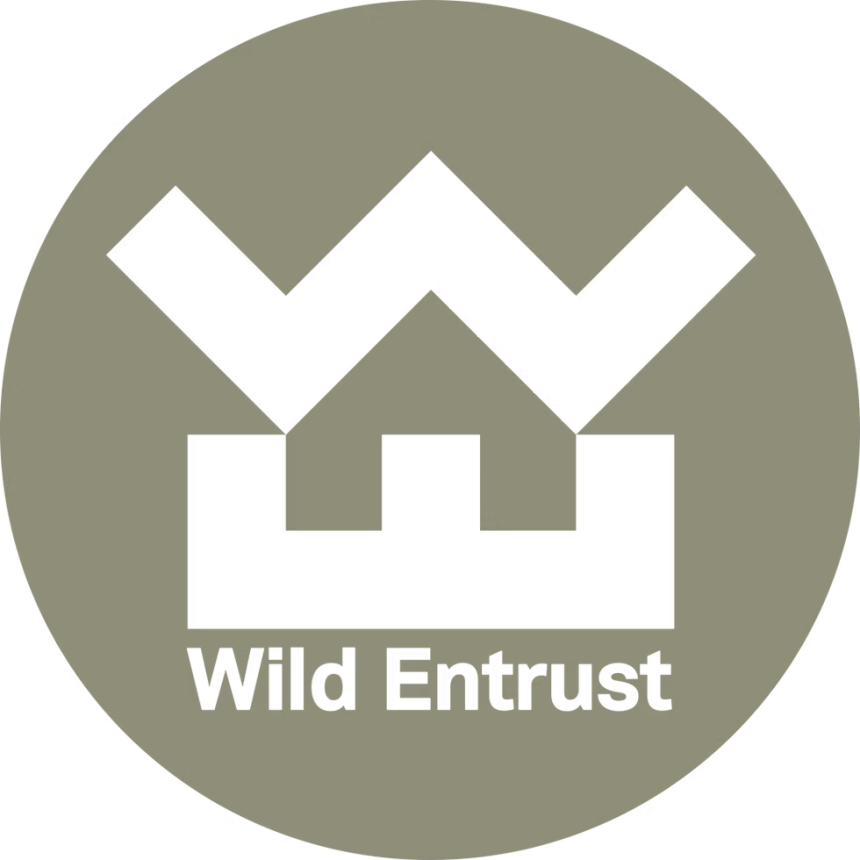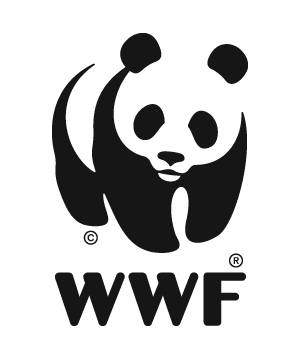Beyond Fences
Ensuring a sustainable future for the people and wildlife of the Kavango Zambezi Transfrontier Conservation Area
Beyond Fences promotes sectorally integrative land-use policy and practice in the 200,000 square mile Kavango Zambezi Transfrontier Conservation Area, a conservation and development initiative extending across Angola, Botswana, Namibia, Zimbabwe and Zambia. This landscape spans an area the size of the northeastern U.S. and is home to spectacular wildlife, including the largest remaining elephant population in the world (approximately 228,000 animals), but the conservation of wildlife in this region is often in conflict with livestock production. Infectious agents in wild animals, particularly foot and mouth disease viruses, have made it difficult or impossible for beef farmers to enter the world market due to restrictions based on livestock’s proximity to wildlife. However, the current solution – vast fencing to separate livestock and wildlife – interrupts wild animal migration pathways and endangers their survival, while simultaneously threatening the region’s tourism-associated economic growth.
KAZA is home to the largest remaining elephant population in the world (approximately 228,000 animals).
Our work is focused on the way beef is actually processed in order to keep products virus-free for international sale – an approach that does not completely depend on fences. This could open global markets for farmers living with wildlife while unlocking the potential for restoration of habitat connectivity and thus key migratory movements of wildlife, all of which enhances the prospects for sustainable economic growth in the region. We envision a win-win situation for farmers and the environment. As a result of our work with a diverse range of regional partners, genuine poverty alleviation underpinned by sustainable and diversified land use is within reach. The Beyond Fences program could help serve as a model for similar efforts across the continent and beyond.
Finding Room for Both Wildlife and Livestock
In today’s world of shrinking natural habitats and climate change, transboundary conservation is becoming ever more important to remaining wildlife populations. A five-nation conservation area centered around southern Africa’s wildlife rich Kavango and Zambezi river basins (called KAZA for short) spans an extensive series of parks and reserves, and is home to the largest remaining population of elephants in the world (approximately 250,000). Southern Africa’s economy benefits increasingly from tourists who travel from around the world to view elephants and other iconic wildlife within this vast area. But local wildlife has suffered devastating effects due to a major artificial feature of the landscape that has disrupted key migration paths and blocked access to seasonally important water and grazing.
Impact of Veterinary Fencing
Miles and miles of disease-control fencing were erected by governments starting in the late 1950s to separate domestic livestock and large wild mammals out of fear of the commercial ramifications for the beef trade of foot and mouth disease (FMD), a virus that wild African buffalo can carry. These vast fences have disrupted the migration paths of species such as wildebeest and red hartebeest, resulting in steep declines. In the Kalahari system in western Botswana, wildebeest numbers plummeted from 315,000 to 16,000, and hartebeest from 293,000 to 45,000 in just over two decades. Rural livestock producers living closest to wildlife (like African buffalo that harbor the FMD virus) have been prevented from selling their healthy cattle to profitable export markets. The resulting economic hardship to local communities is leading to increased resentment towards wildlife and conservation initiatives.
Developing Solutions to Complex Health, Land-Use, and Livelihood Challenges
While effective conservation requires dedicated action at the local level, conserving wildlife within KAZA—on the verge of becoming the largest land area dedicated to conservation on the planet—requires effort on a different scale. Cornell University’s College of Veterinary Medicine and regional partners have the animal health policy expertise needed to work with international trade bodies to progress implementation of newly available, non-fence-based approaches (related to how cattle and beef processing are managed) for effectively mitigating the risk of foot and mouth disease. This groundbreaking work on “commodity-based trade” has the potential to facilitate access to beef markets for rural farmers living with wildlife, as well as diminish reliance on migration-disrupting veterinary fencing. If livestock agriculture is no longer solely dependent on veterinary fencing to manage FMD, then KAZA’s vision for the restoration of major movement corridors that are essential for the long-term survival of the region’s spectacular wildlife indeed has a chance of being realized.

